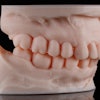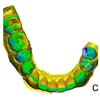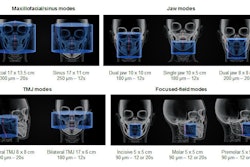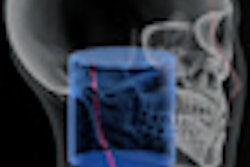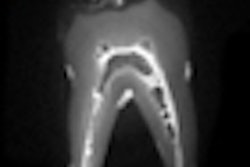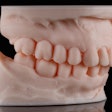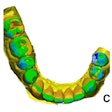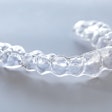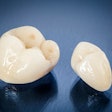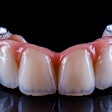When applied to panoramic images, an extended subtraction method is helpful in monitoring changes around dental implants, according to a new study in Clinical Oral Implants Research (June 2, 2011).
Researchers from the University of Amsterdam and VU University developed a measuring method consisting of a subtraction module that corrected for gray values and geometry, and defined the region of interest mesially and distally of dental implants.
When they applied the method to an archive of panoramic radiographs of implant patients who had been monitored up to 16 years, they found significant loss of gray value at a constant rate of 0.6 units per month throughout the study, indicating gradual bone loss on the mesial and/or distal sides of the implants. They also found that females lost bone at a higher rate than males.
"The measuring method is a helpful tool to monitor changes around implants even when nonstandardized radiographs are being used," the study authors wrote.
While changes of marginal bone level increase five to eight times during the first year after surgery, "the present method shows gradual loss of bone during 15 years after surgery," they concluded.

